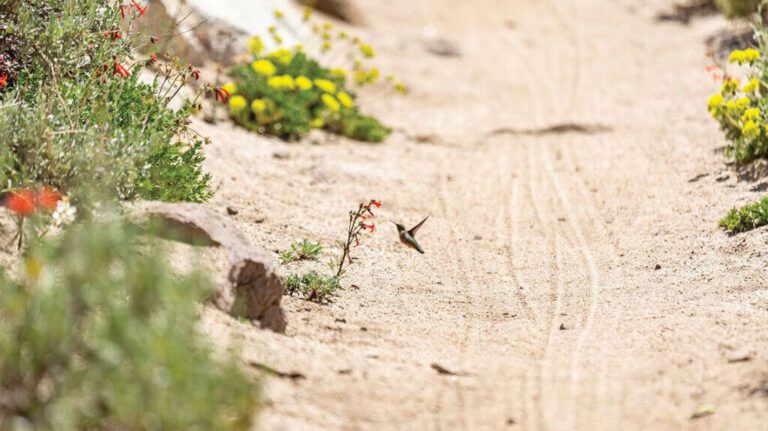Wildflowers of Nevada: Seasonal Blooms Across the State
Nevada is often celebrated for its iconic landscapes and vast desert expanses, but the state’s mountainous regions also offer a vibrant display of wildflowers. Following a wet winter, which revitalizes the soil and waterways, a variety of wildflowers bloom across the Silver State, delighting residents and visitors alike. While typically associated with its arid climate, Nevada’s unique geography—spanning from sea level to nearly 14,000 feet—creates diverse ecosystems that nurture a wide array of floral species.
“While a desert state might not be the first place you’d think to check when looking for wildflowers, don’t forget that Nevada is the most mountainous state in the Lower 48.”
The Seasonal Journey of Wildflowers
The blooming period for wildflowers in Nevada varies significantly. In general, wildflower viewing is influenced by elevation, geography, and specific species characteristics. Typically, southern Nevada experiences blooming as early as March, while northern regions witness the most vibrant displays around June and July. Variations in climate due to elevation mean that visitors can often “chase” wildflowers through different parts of the state over several months.
Best Places for Wildflower Watching
With careful planning, you can explore some of Nevada’s most breathtaking wildflower hotspots:
- Western Nevada: Incline Village, Tamarack Peak, Washoe Lake State Park, Carson City, and Carson Valley.
- Eastern Nevada: Great Basin National Park, Lamoille Canyon, the East Humboldt Range, and Jarbidge.
- Southern Nevada: Spring Mountains National Recreation Area, Valley of Fire State Park, and Beatty.
Featured Wildflowers
Desert Peach (Blooming Season: March to May)
This member of the rose family thrives in the Sierra Nevada foothills. It’s particularly notable for its small fruit, which serves as a food source for local wildlife.
Lupine
With over 40 different species in Nevada, lupines can frequently be found blanketing hillsides, especially in central regions. These flowers enrich the soil, contradicting the common myth that they deplete it.
Indian Paintbrush
This distinctive flower is recognized for its colorful foliage, which consists of modified leaves rather than traditional petals. It is capable of thriving in various environments, from desert landscapes to alpine regions, often borrowing moisture from nearby plants.
Note during your explorations to adhere to responsible recreation practices. While photography and admiration of these stunning blooms are encouraged, please refrain from picking flowers or trampling on the plants. This practice helps maintain the ecological balance and ensures that wildflower populations remain healthy for future visitors.
Conclusion
Whether you’re a seasoned botanist or a casual nature lover, Nevada’s wildflowers offer an enchanting experience and an opportunity to appreciate the stunning diversity of the state’s environments. As color blossoms across the landscape, a journey through Nevada in search of these blooms can be a fulfilling adventure.
The journey to witness Nevada’s wildflower displays isn’t just about the vibrant colors; it is also an exploration of the state’s rich ecology and the beautiful interplay of its climate and geography.


